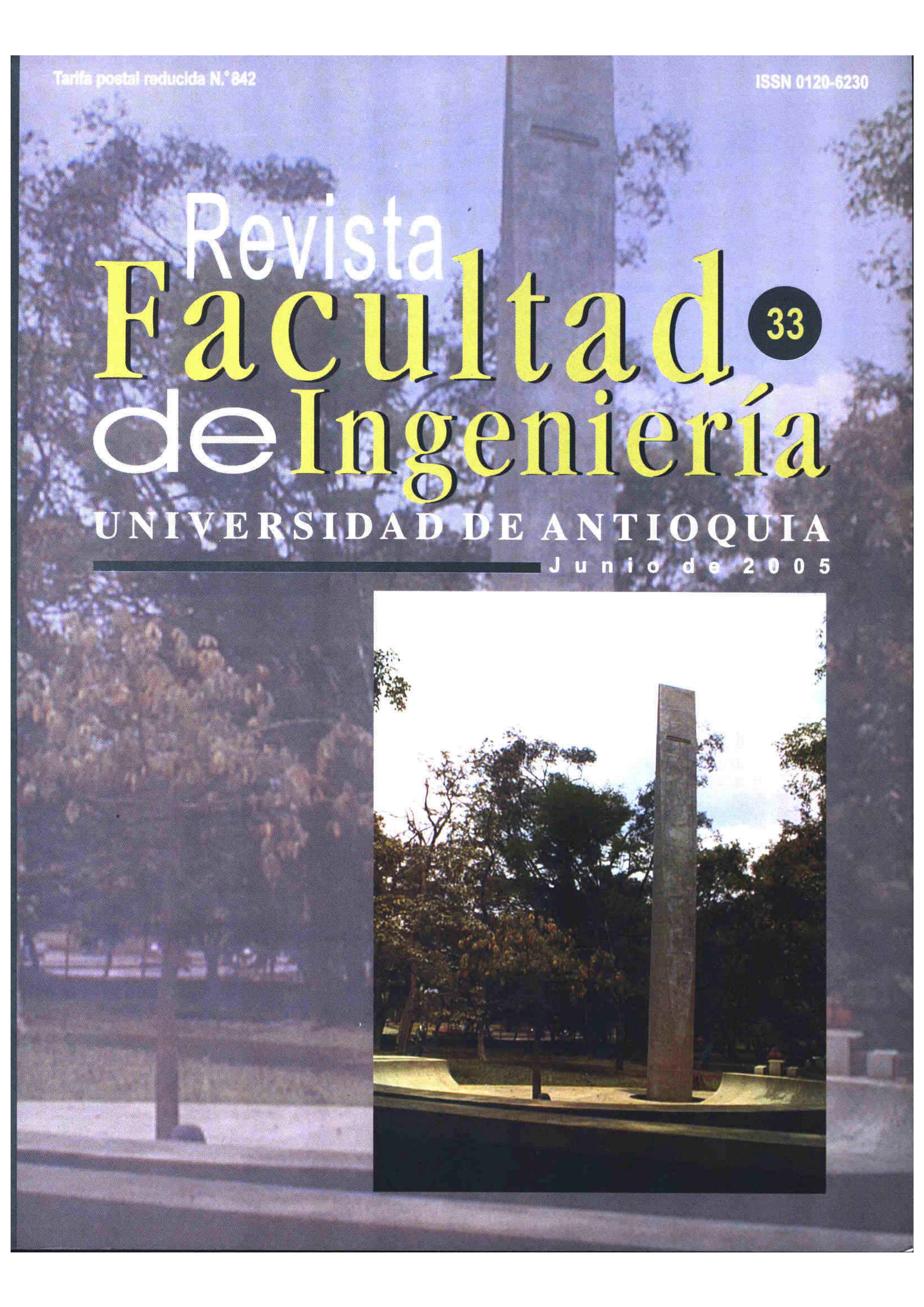Study of dioxin levels in releases to the atmosphere from the use of secondary fuels in cement kilns during clinker formation
DOI:
https://doi.org/10.17533/udea.redin.344317Keywords:
dioxins, furans, PCDD/PCDF, emissions, waste management, cement kiln, tires, meat mealAbstract
The aim of this study was to evaluate the influence of dioxins in the emission levels to the atmosphere by using some waste materials, such as used tires or meat meal, as secondary fuel during the production of clinker. For this purpose, three different cement plants operating in Spain were chosen to perform the project in different sampling episodes. Moreover, different materials were separately evaluated in each plant. Thus, the first plant included the addition in the kiln of meat meal. In the second plant, rejected tires were checked and finally, in the third plant a mixture of both, tires and meat meal, were burned. In all cases, the emission values of dioxins, kept below the limits established by European Union Directives of 0,1 ng I-TEQ/Nm3 with values ranging between 0,001 and 0,042 ng I-TEQ/Nm3 . Furthermore, no remarkable differences were found in comparison with reported data obtained in spanish cement kiln plants when using conventional fuel.
Downloads
References
Directiva 2000/76/CE del Parlamento Europeo y del Consejo de 4 de diciembre de 2000, relativa a la incineración de residuos. DOCE 28/12/2000.
Capmas, A. “The French Cement Industry experience in the use of waste fuels”. 5th Colloquia of managers and technicians of cement plants. ATHIL. Sevilla. Febrero, 2003.
EPA. Method 23: Determinations of polychlorinated dibenzo-p-dioxins and polychlorinated dibenzofurans from stationary sources. Washington. 1989.
EN-1948-1,2,3:1996. European Standard, Stationary source emissions. Determination of the mass concentration of PCDDs/PCDFs. European Committee for Standardization, Brussels. 1996.
EPA. Method 1613: Tetra-through Octa-chlorinated Dioxins and Furans by isotopic dilution HRGC/HRMS. Washington. 1995.
Abad, E. et al. “Improvements in the Dioxin Abatament Strategies at the Municipal Waste Management plant in Barcelona”. Chemosphere. Vol. 50. 2003. pp. 1175-1182. DOI: https://doi.org/10.1016/S0045-6535(02)00483-6
Abad, E. et al. “Dioxin Abatement Strategies at the Municipal Waste Management plant of Tarragona (Spain)”. Environmental Science and Technology. Vol. 36. 2002. pp. 92-99. DOI: https://doi.org/10.1021/es010039j
Fabrellas, B. et al. “First evaluation of PCDD/Fs releases to the atmosphere from the manufacture of cement in Spain”. Organohalogen Compounds. Vol. 56. 2002. pp. 139-142.
Casas, J. M. Inferencia estadística para economía y administración de empresas. Editorial Centro de Estudios Fundación Areces S.A. 1996.
K. Kuhlmann, et al. “PCDD/F Emissions from German Cement Clínker kilns”. Organohalogen Compounds. vol. 27. pp. 78-83. 1996.
Fiedler, H. et al. “PCDD/PCDF emissions from stationary sources – First results from Thailand”. Organohalogen Compounds. Vol. 59. 2002. pp. 211-214.
Quaβ, U. et al. “The European Dioxin Air Emission Inventory Project-Final Result”. Chemosphere. Vol. 54. 2004. pp. 1319-1327. DOI: https://doi.org/10.1016/S0045-6535(03)00251-0
Abad, E. et al. “Polychlorinated dibenzo-p-dioxin/ polychlorinated dibenzofuran releases into the atmosphere from the use of secondary fuels in cement kilns during clinker formation. Environmental Science and Technology. Vol. 38. 2004a. pp. 4734-4738. DOI: https://doi.org/10.1021/es049641a
Abad, E. y J. Rivera. “Residuos como combustibles alternativos en la producción de cemento. Emisiones de dioxinas y furanos”. Ingeniería Química. 2004b. pp. 409, 201-206.
MacBerthouex, Paul and Linfield C. Brown. Statistics for Environmental Engineers. Lewis Publishers. 2002. 16. Real Decreto 653/2003 de 30 de mayo, sobre incineración de residuos. BOE. 14. Febrero, 2003.
Downloads
Published
How to Cite
Issue
Section
License
Revista Facultad de Ingeniería, Universidad de Antioquia is licensed under the Creative Commons Attribution BY-NC-SA 4.0 license. https://creativecommons.org/licenses/by-nc-sa/4.0/deed.en
You are free to:
Share — copy and redistribute the material in any medium or format
Adapt — remix, transform, and build upon the material
Under the following terms:
Attribution — You must give appropriate credit, provide a link to the license, and indicate if changes were made. You may do so in any reasonable manner, but not in any way that suggests the licensor endorses you or your use.
NonCommercial — You may not use the material for commercial purposes.
ShareAlike — If you remix, transform, or build upon the material, you must distribute your contributions under the same license as the original.
The material published in the journal can be distributed, copied and exhibited by third parties if the respective credits are given to the journal. No commercial benefit can be obtained and derivative works must be under the same license terms as the original work.










 Twitter
Twitter